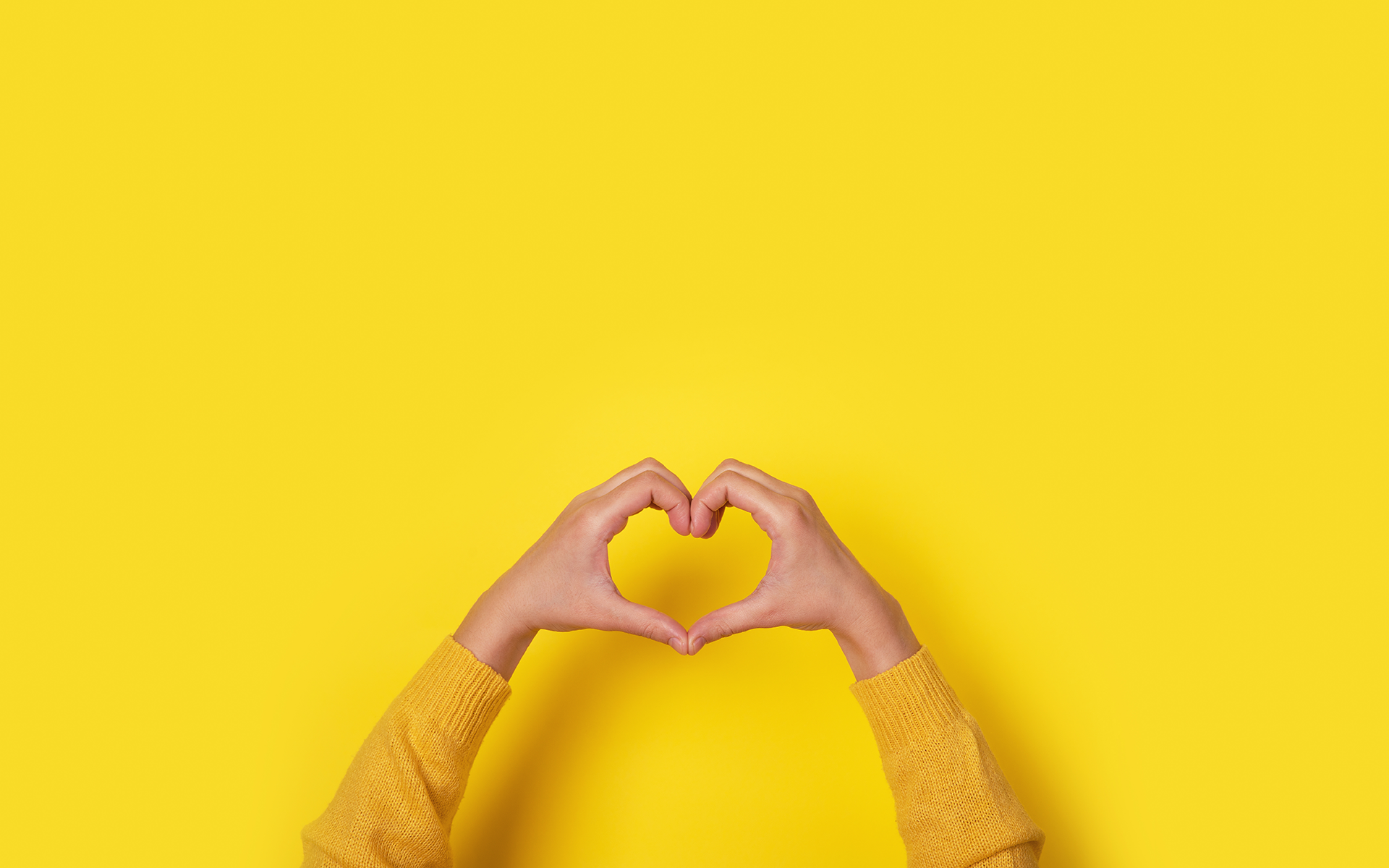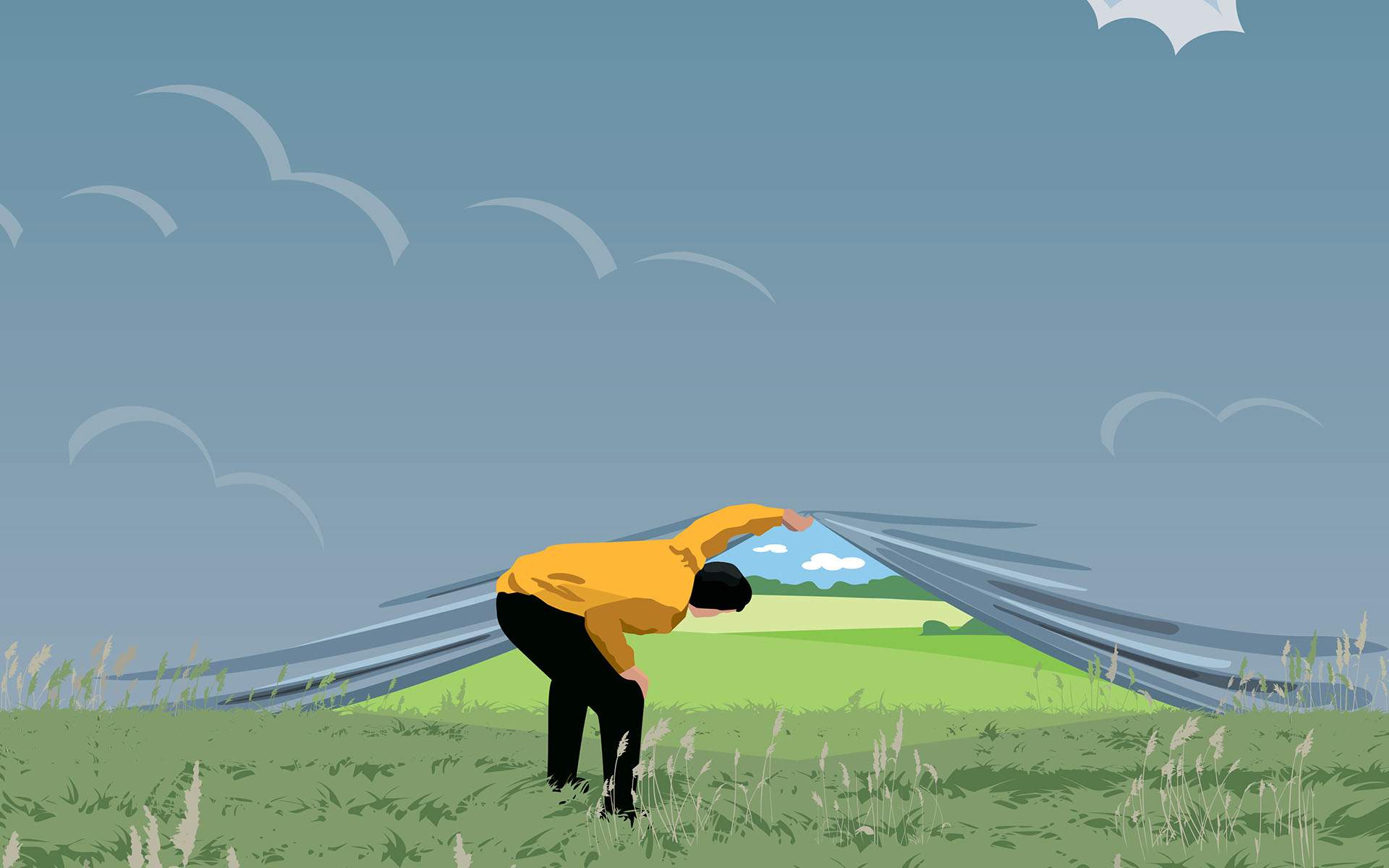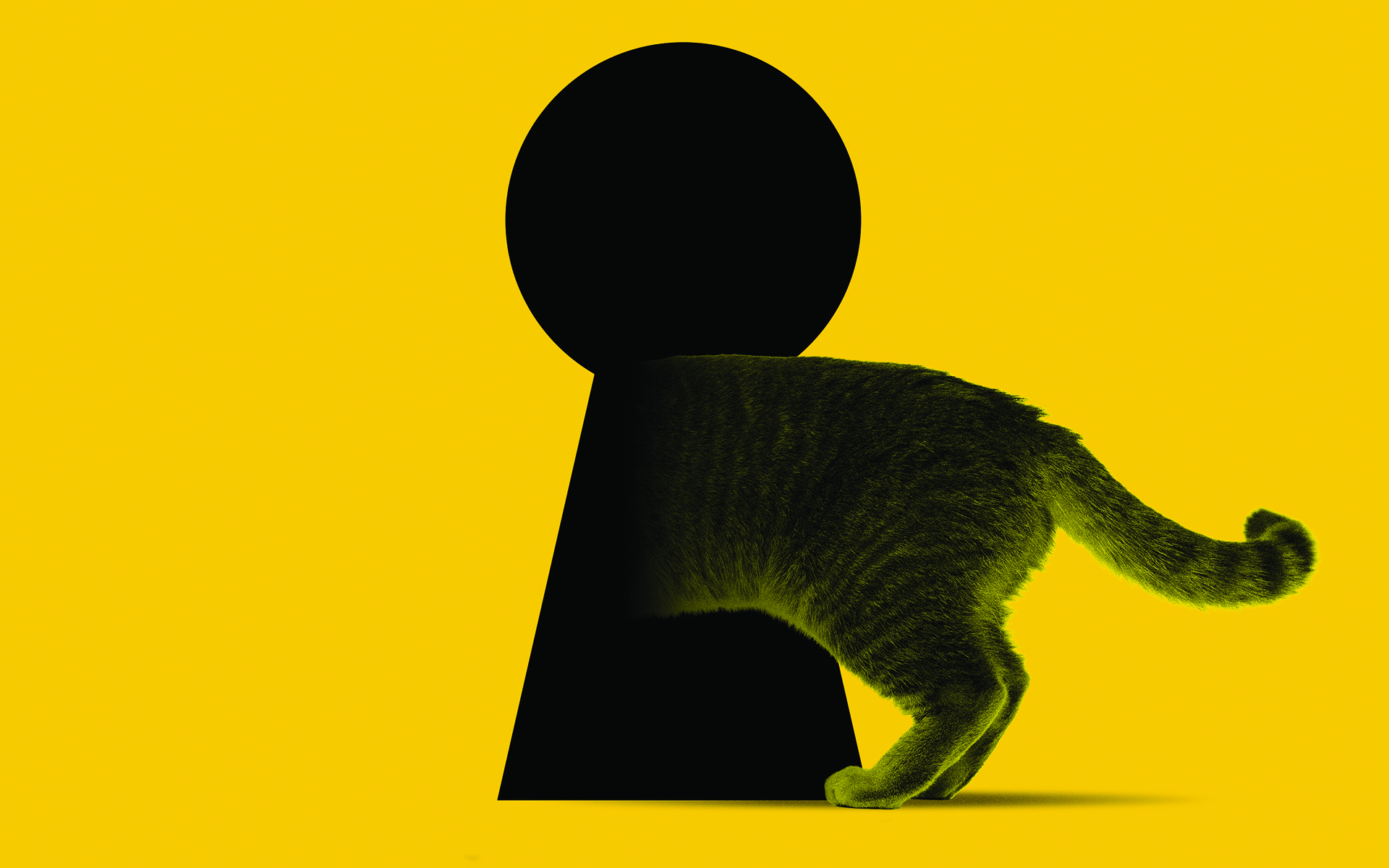One night last fall I was lying on the couch, scrolling through my social media feeds on my phone, when suddenly the room started spinning. As the old-fashioned rosette on my living room ceiling swirled around and around, I struggled to find equilibrium. Unable to situate myself with stability, I eventually called for my spouse, who brought me a bowl, into which I promptly threw up.
This sudden dizziness and nausea—food poisoning, I thought— arrived in the midst of a prolonged period of physical dismay. Months earlier, I’d become suddenly intimate with infirmity thanks to a stubborn and seemingly irresolvable pain in my knee. A sprain, my physiotherapist thought. One I got by sitting at my desk for too long and with not enough attention to my body, over the course of too many pandemic days made sedentary by circumstances and dread. And now, to add to the physical pain, reduced mobility, and difficult emotions that arose in me along with the sprained knee, came destabilizing dizziness that just wouldn’t quit. I’d begun exploring the idea of bringing curiosity to my experience of being unwell, to help navigate it all, but as I struggled through the days, off-balance and gritting my teeth at the pain in my knee, the only question on my mind was: Why me?
As I struggled through the days, the only question on my mind was: Why me?
I’ve been curious as a professional orientation for decades. As a writer, editor, and journalist, curiosity is a skill I’ve trained myself in, and one I hone regularly. But in my work, too, my curiosity often gets snagged on why—and from there, my imagination builds a story around character motivation, cause and effect, incidents and outcomes. It’s a short stroll from why to a full-blown narrative explanation, in my writing. But why hasn’t proven to be particularly helpful in mindfulness training. Instead, a more generative place to start is what.
What About the What?
Kimberly Brown is a meditation teacher in New York City. And, full disclosure, she is my meditation teacher. She reminds me that curiosity is part of the deal when it comes to mindfulness. “Curiosity is a willingness to experience without looking away, ignoring, or denying,” she says. “Curiosity is using our attention to have an experience as it is directly.”
Asking why can be useful, Brown says, but it can also lead to narratives and stories about our experience, and that can prevent us from actually having a direct experience, and seeing it for what it is, which is a necessary first step for working with what arises. “When you can see what’s happening for real, then you can take compassionate and wise action to address it in the best way,” she says. “And if you don’t want to see it clearly, if you are unwilling to see the what, then you might employ unskillful ways of trying to meet whatever difficulty is arising.”
I think of the ways a certain kind of curiosity has driven me, from early days of Why is the sky blue? to teen angst years wondering, Why doesn’t that person like me?! to my overarching quest, as a writer and person, to answer my enduring question: Why am I like this?
“Curiosity is a willingness to experience without looking away, ignoring, or denying. Curiosity is using our attention to have an experience as it is directly.”
Kimberly Brown
Mindful curiosity, though, invites me to shift some attention away from the “I” so as to explore the “this” in that last question.
“Curiosity asks us to challenge a lot of stories we might have,” says Brown. “Curiosity is being able to look at my story to see that it’s true, but it may not be exactly real. Events happened. There’s a truth to my experience. And yet the reality is that there are many ways to tell a story generally and there are many views to this story.”
Brown says curiosity helps us see those stories in the first place—and that approaching my stories with mindfulness means I don’t have to jump in to fix anything. “You don’t have to figure it out. You can allow yourself to be here with interest in what you’re seeing and what’s arising in you.”
The Gift of Getting Curious
And seeing what’s arising can allow us the space to choose what happens next. Imagine, Brown says, a parent whose child is crying. That parent might be feeling frustration or guilt, and may act out of that—offering treats, say—to get their kid to settle down. Mindfulness practice makes space for curiosity. A parent can recognize when they’re about to act out of a moment of reactivity, and choose something different instead. “If you have an intention to not harm and to be of benefit, you can use curiosity to allow whatever action is most beneficial to arise,” Brown explains. “Without curiosity, you may allow a non-skillful action to arise because you’re not seeing what it’s coming out of.”
At the same time, though, our curiosity has to include a certain softness. We can bring a lightness, and what Brown calls a “joyful enthusiasm,” to our inquiries. And because there’s nothing to solve, we don’t have to be punitive with our curiosity. If we get overwhelmed, we can back off, or return to our practice when we feel more supported. “You can’t take wisdom out of compassion or love out of joy. Curiosity is a certain way of looking with an interest, with enthusiasm, and at the same time, it can’t be just done by itself. It’s done with compassion. It’s done with wisdom. It’s done with patience.”
These insights clicked into place for me during a recent medical appointment, after my dizziness turned out to be due to benign positional vertigo. When the physiotherapist who helped ease the vertigo noticed me limping, he asked what was going on with my knee. “It’s sprained,” I told him.
“Right,” he said. “But why are you limping?”
I wrinkled my brow in frustration.
“Because it’s sprained! It hurts!”
He nodded. “Right. But why are you limping?”
“I…don’t know,” I said at last.
“Why am I limping?” I walked a few paces and paid close attention to my knee: What did it feel like to limp? What happened if I didn’t lock up my whole leg, and instead walked without overly favoring the sprained side? My experiments revealed that returning to something closer to my natural gait hurt less, and allowed me to walk further without tiring. I’d become committed to a story about myself—my knee is sprained, I limp now—and had stopped checking it against reality. In doing so, I’d been prolonging my own physical pain— and mental anguish, too.
I still live with pain in my knee, and if I lie down too quickly I feel a brief flash of vertigo. But when I move past the knee-jerk of Why me? a space opens where I can meet my experience with clear eyes and a more generative and compassionate line of questioning: How am I, right now? How is my experience changing? What is this moment asking of me? What would be wise and compassionate action? Then, I can adjust my favored brisk walking pace to something more allowing of limitation. I can even relate to “limitation” through a lens of “Right now, it’s like this,” which allows me to see that it won’t always be this way. Dizziness ebbs and recedes. Knee pain throbs and resolves. I can make space to truly care for myself when I employ curiosity, instead of brutally toughing it out. Why me becomes Why not me, and lets me extend kindness to myself as I would to an injured friend. I don’t have to get stuck in my stories about what’s happening. Instead, with the help of compassionate curiosity, I can get beyond those, to what’s really happening.
read more
Bridging the Distance Between Our Stories
Mindfulness practices ask us to be open to perspectives beyond our own. Mindful editor-in-chief Heather Hurlock shares how we can honor the gaps between our outlooks and seek to bridge them with compassion.
Read More
The Science of Curiosity
The thrill of curiosity can motivate us to learn—or it can send us hurtling into rabbit holes and habit loops. Dr. Judson Brewer breaks down what this inner drive has to do with shifting our most ingrained habits.
Read More
Lean In to Love
In this interview with Barry Boyce, beloved teacher Frank Ostaseski shares how his years of mindfulness supported him after a series of strokes transformed his life.
Read More









